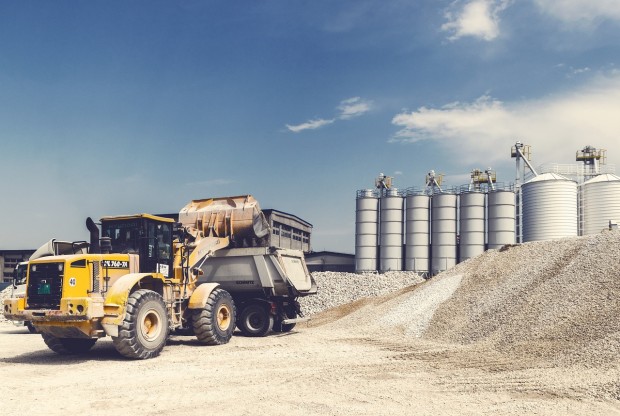Even though the impact of the Covid-19 has been cooling down over several years, a recent analysis found that the costs of many primary construction materials will keep rising in 2024. Let's explore the factors affecting this price surge.

Factor Affecting Price Hike
A study of Bureau of Labor Statistics (BLS) Producer Price Index (PPI) data conducted by Associated Builders and Contractors found that the COVID-19 epidemic was responsible for a 39.6% increase in overall input building costs from February 2020. During the peak of the pandemic, delays in construction, shortages of basic materials, and problems with transportation caused supply chain failures that pushed up construction costs.
Moreover, prices have decreased along with the improvement of specific supply concerns. As per the analysis conducted by ABC, the prices of nonresidential building inputs experienced a decline of 1.1% for the previous year. However, many products are rising, making massive and heavier supplies more costly to transport.
There has reportedly been a 17% decrease in building new single-family residences, although demand has remained stable. This decline can be attributed to the high construction prices, increased mortgage interest rates, and higher labor expenses. On the other hand, Diesel prices decreased by 8.4% in July, and steel mill products fell by 7.6%, according to an additional PPI analysis by the Associated General Contractors of America.
There has been a persistent increase in the prices of certain commodities. Despite a 0.1% decrease in price during July, the investigation by ABC revealed that the costs of concrete products were still 9.6% higher than a year ago. As a result of repeated price rises, the American General Contractor (AGC) pointed to commodities such as asphalt coatings, lumber, and plywood. Both parties also voiced concerns over the lengthy lead times for machinery and equipment, which resulted in a 1.6% increase in costs during July and a 9.3% increase from the previous year.
Also Read: Japan's Traditional Earthquake-Proofing Architecture Saves Akasaki District From 7.5 Magnitude Quake
Construction Materials Prices May Escalate Further
Government funding under the Infrastructure Investment and Jobs Act is now available, meaning that construction projects focused on infrastructure are in a better position to succeed. Nevertheless, the legislation's 'Build America, Buy America' provision mandates that contractors utilize iron, steel, and other building materials produced in the United States for these infrastructure endeavors, which was predicted to make construction materials prices even higher.
As mentioned, the shift toward more environmentally friendly buildings also sparks an increase in demand, which drives up the cost of materials utilized in constructing more energy-efficient structures. According to LBM Journal, several construction supplies, particularly clay products, have increased prices due to inflation. Additional megaprojects, such as two manufacturing plants in Georgia with a combined value of $6.7 billion, contribute to an increase in demand, which in turn leads to a surge in prices.
Furthermore, another source of pressure on the construction sector is a labor market that is highly competitive and requires businesses to pay higher salaries. As employers struggled to recruit workers, labor expenses rose 5.5% yearly, and average pay rose 17% since the epidemic. By delaying the beginning of projects due to a lack of available personnel, businesses risk incurring higher expenses for the resources they use.
Related Article: Gordie Howe Bridge Completion Extended to September 2025, Prompting Project Cost Increase to $6.4 Billion







